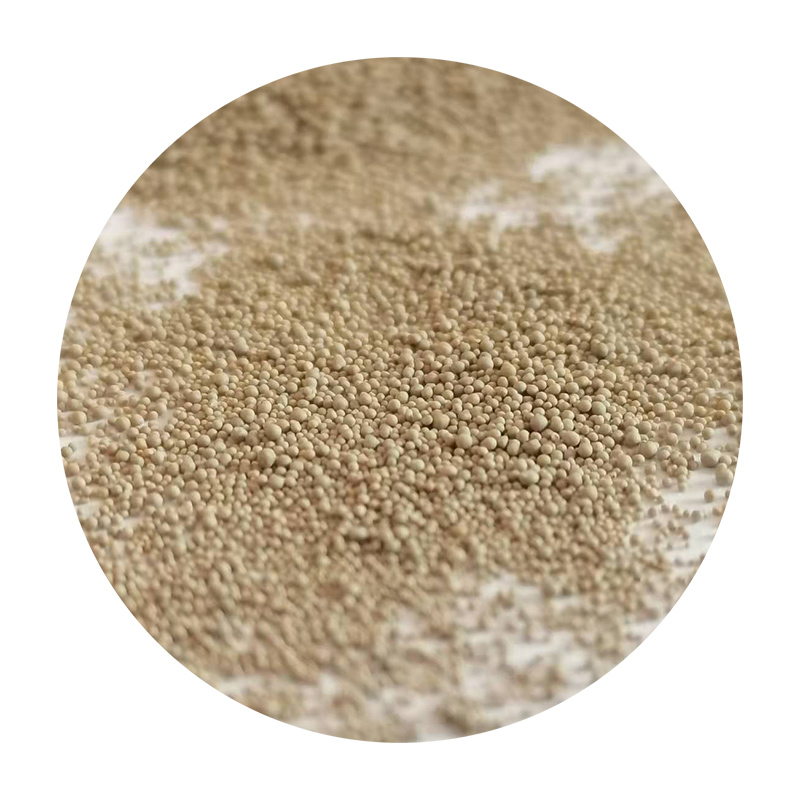Physical Properties of Foundry Sand
Foundry sand plays a pivotal role in the metal casting process, serving as a key material for molds and cores. The characteristics of this sand significantly influence the quality of the final cast product, making an understanding of its physical properties essential for foundry operations.
One of the most critical physical properties of foundry sand is its grain size. The granulation of sand affects the mold’s porosity, permeability, and the surface finish of the cast object. Generally, finer sand will produce a smoother surface finish but may result in lower permeability, leading to issues with gas venting during the pouring of molten metal. Conversely, coarser sand allows for better airflow but can lead to rough surface finishes. Therefore, the optimal grain size for foundry sand is a balance between these competing properties.
Another crucial property is the shape of the sand grains. The morphology, or shape, significantly impacts the flow characteristics and the compaction of the mold. Round-shaped grains tend to enable better flow and packing density compared to angular grains, which may lead to uneven packing and increased defects in the castings. The roundness of the grains also contributes to the ease of handling and reusability of the sand, making it a favorable choice in foundry applications.
physical properties of foundry sand

Moisture content is another vital factor. The addition of water to foundry sand serves to enhance its cohesiveness and bonding ability. However, excessive moisture can lead to steam generation during casting, causing defects like burn-on or blowholes. Thus, maintaining the correct moisture level is critical to producing high-quality castings.
Thermal properties also play a significant role in the performance of foundry sand. The ability of the sand to withstand high temperatures without degrading is essential, especially when working with ferrous and non-ferrous metals. Sand that can tolerate high temperatures minimizes the risk of mold deformation, ensuring dimensional accuracy in the final product.
Moreover, the refractoriness of the sand, which refers to its ability to resist heat and maintain its physical shape, is also important. Sands with high refractoriness are required in foundries working with metals that are poured at high temperatures. Furthermore, the thermal conductivity of the sand influences the cooling rate of the cast, which can affect the microstructure and mechanical properties of the final product.
In conclusion, the physical properties of foundry sand — including grain size, shape, moisture content, and thermal characteristics — are critical to achieving high-quality metal castings. By optimizing these properties, foundries can enhance the efficiency and reliability of their casting processes, ultimately delivering superior products to their customers. Proper management of foundry sand not only facilitates better casting outcomes but also supports sustainable practices through reusability and recycling of this essential material.
Post time:9月 . 15, 2024 10:41
Next:Casting Sand Price - Affordable Foundry Materials for Your Needs
